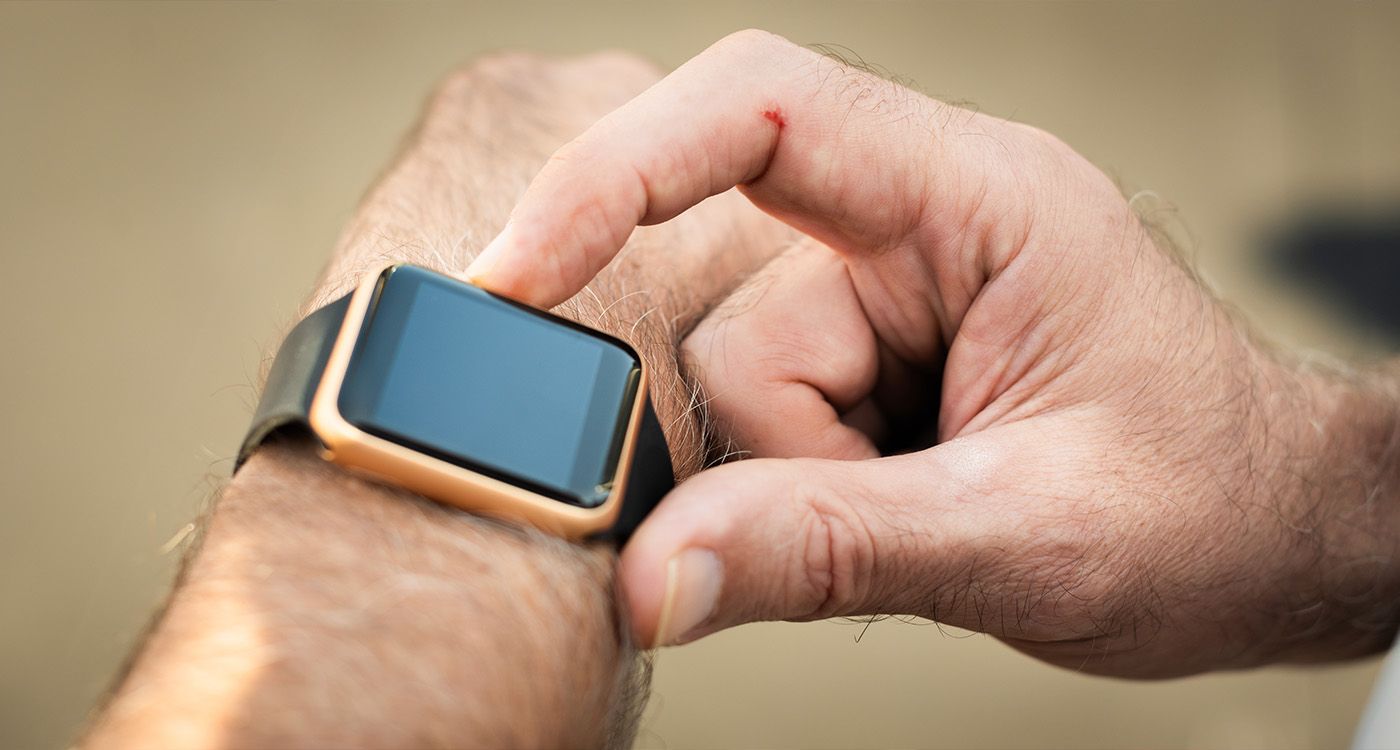
Smartwatches, now ubiquitous in our daily lives, can be breeding grounds for bacteria and cause skin irritation. Maintaining strict hygiene and paying close attention to materials are essential to prevent these often-overlooked issues.
They’ve become an extension of our bodies. Whether tracking sleep, heart rate, calorie burn, or simply serving as extensions of our messaging apps, smartwatches cling to our wrists day and night. But beneath their seemingly neutral tech surface, they can become insidious vectors of skin imbalances and dangerous pathogens. The threat doesn’t come from the software—but from the skin itself.
According to a study conducted by Florida Atlantic University and published in 2023, 95% of smartwatch bands tested showed significant bacterial contamination, including Staphylococcus aureus, Escherichia coli, and Pseudomonas aeruginosa (Journal de Montréal, 2023). These three pathogens, well-known to hospital staff, can cause infections ranging from minor pustules to serious, invasive conditions requiring antibiotic treatment.
The study found that plastic and rubber bands were the most contaminated, while metal bands—though more likely to cause allergic reactions—harbored fewer bacteria overall.
Contact dermatitis is one of the most visible symptoms of this imbalance. It’s caused by repeated contact with irritating or allergenic materials found in bands: nickel, chromium, dyes, and plasticizers (Journal du Geek, 2023). The skin reacts with redness, itching, flaking, and sometimes blisters. These symptoms are often wrongly blamed on sweat or “sensitive skin,” delaying recognition of a contact allergy.
Humidity is another aggravating factor. Wearing the watch during workouts—or continuously, without allowing the skin to breathe—leads to an accumulation of sweat and dead skin cells. This creates a microclimate ideal for bacterial growth. Trapped between skin and band, this mix becomes a playground for staphylococci and opportunistic bacilli.
A Daily Contamination Risk
The problem is made worse by poor hygiene. A 2023 investigation by 01Net revealed that most users never clean their smartwatches—or do so improperly, without proper disinfectants or thorough drying. This lack of care is in stark contrast to how we treat our phones or laptops, which, ironically, have far less direct contact with our skin.
Tech giants rarely offer clear maintenance protocols. Apple, Fitbit, and Garmin merely suggest occasional cleaning, without alerting users to the dermatological or infectious risks. This commercial silence leaves users unaware—until symptoms appear on their skin.
Some high-end models are marketed as “hypoallergenic” or “skin-friendly,” but these claims often owe more to branding than to rigorous testing. The choice of band is crucial: soft synthetic materials, while comfortable, are porous and harder to disinfect than stainless steel or washable fabrics.
Recommended Precautions:
To limit risks, a few practical measures are essential:
-
Don’t wear it 24/7. Remove your smartwatch while sleeping, showering, or during intense physical activity—especially if you sweat heavily. This gives your skin time to breathe and reduces constant exposure to allergens and microbes.
-
Clean it weekly. Wash your watch with warm water and mild soap, then dry it thoroughly. For a more thorough clean, apply an alcohol-based disinfectant to a soft cloth (not directly on the device).
-
Choose the right band. Opt for hypoallergenic materials such as medical-grade silicone, washable fabrics, or metal-free options. Some bands are now treated with antibacterial coatings, though long-term effectiveness remains unclear.
-
Consult a dermatologist if needed. Persistent redness, itching, or localized eczema may indicate a contact allergy (which can be confirmed by a patch test) or a bacterial infection requiring targeted treatment.
Your smartwatch, a loyal companion to your daily rhythms, can also be a silent source of irritation—or worse. If technology watches over your heart, your sleep, and your step count, it also demands regular care and vigilance in return. Neglecting the hygiene of such an intimate object is forgetting that it rests against one of your body’s most sensitive organs: the skin.
It’s not about ditching your device—it’s about integrating it into your broader hygiene routine, just like washing your hands or changing your sheets. Because when the choice is between a staph infection and a notification, the decision should be an easy one.
An Alarming Figure
According to a study published in Advances in Infectious Diseases in August 2023, a smartwatch band can host up to 20 times more bacteria than a public toilet seat. This alarming statistic highlights how neglected the hygiene of these constantly worn devices truly is.


Comments